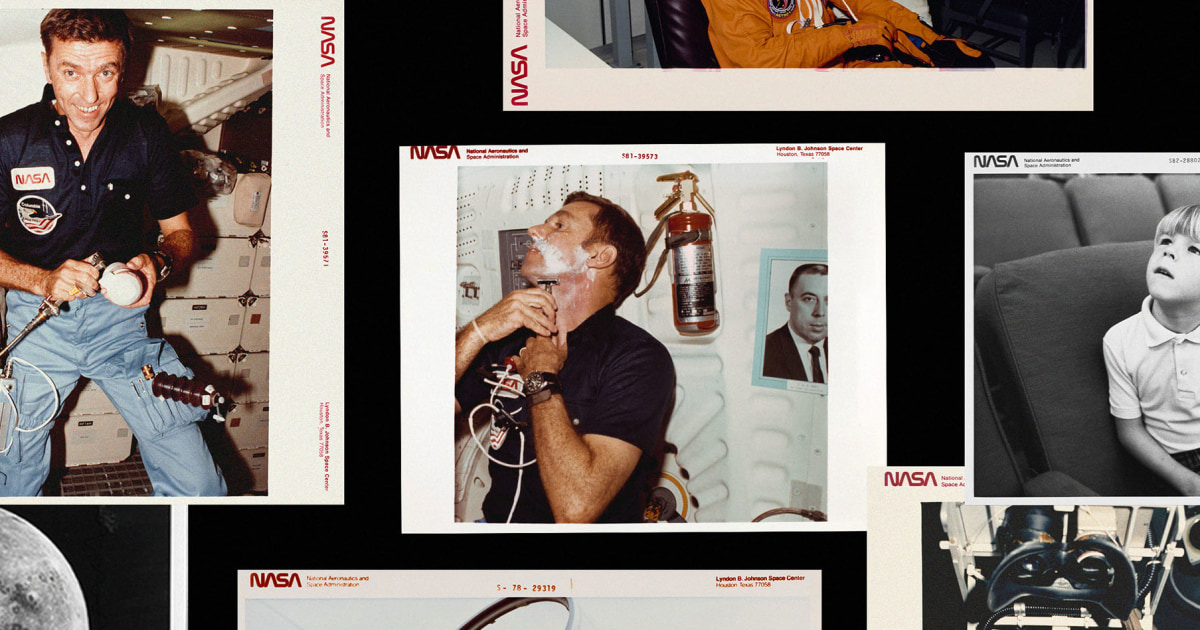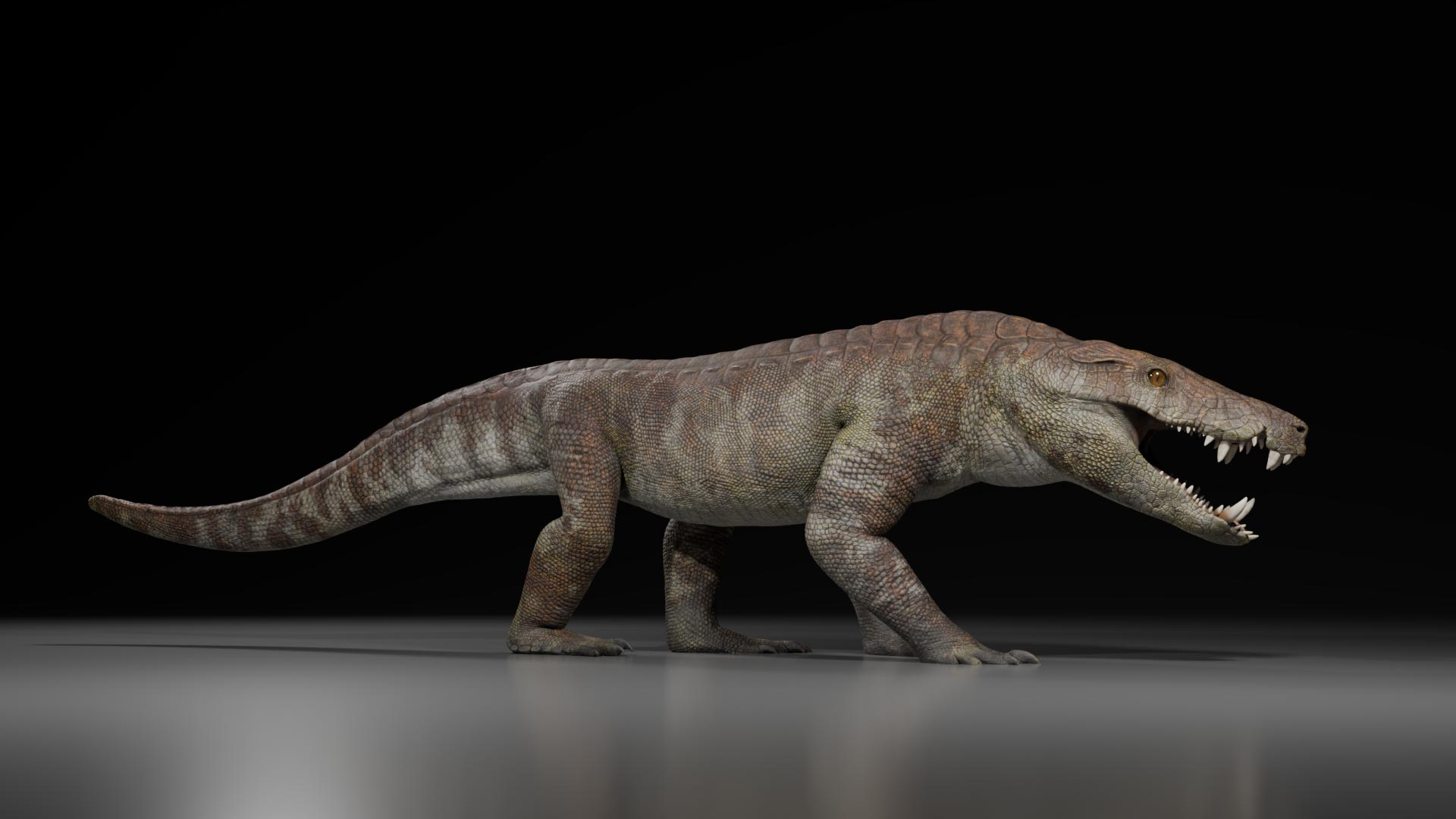AI Generated Newscast About Distant Planet Discovery Shocks Astronomers—Solar System Not Empty!

Is our solar system hiding a cosmic secret just beyond Neptune? Brace yourself—astronomers have uncovered something that could rewrite everything you thought you knew about the edges of our celestial neighborhood!
In a jaw-dropping revelation, a small but mighty team led by Sihao Cheng at the Institute for Advanced Study has spotted an extraordinary trans-Neptunian object (TNO), charmingly named 2017 OF 201, lingering at the very outskirts of our solar system. Unlike your everyday planet, this TNO might just qualify as a dwarf planet, putting it in the same league as the infamous Pluto—yes, the same Pluto that sparked endless debates about what makes a planet a planet!
But what’s truly mind-blowing is where they found it. For decades, scientists assumed that the vast stretch of space beyond Neptune, known as the Kuiper Belt, was pretty much a cosmic wasteland. Turns out, it’s not empty at all. The discovery of 2017 OF 201 is shaking up our understanding, hinting that the outer solar system could be teeming with hidden worlds.
How did this cosmic sleuthing happen? Cheng, joined by Jiaxuan Li and Eritas Yang from Princeton, unleashed advanced computational wizardry to spot the unique trajectory of this distant wanderer. Their work was officially confirmed by the International Astronomical Union’s Minor Planet Center and shared on arXiv, making waves in the astronomy community and beyond. Welcome to the age of AI generated newscast about planet discoveries, where algorithms help us see what’s been hiding in plain sight!
Trans-Neptunian objects are like the mysterious outliers at a celestial party—they orbit the sun way out past Neptune. 2017 OF 201 is special not just because of its size—estimated at a whopping 700 kilometers across (for context, Pluto is about 2,377 km)—but because of its extreme orbit. Its aphelion (that’s the farthest point from the Sun) is more than 1,600 times Earth’s distance from the Sun, while its closest approach, or perihelion, is still a staggering 44.5 times farther than Earth’s. It takes this object about 25,000 years to make a single trip around the Sun!
Scientists believe 2017 OF 201’s wild orbit is no accident. It may have been tossed around by gravitational encounters with giant planets, possibly journeying to the Oort cloud—the deep freeze where comets hang out—before being flung back closer to the solar system’s edge. Its trajectory stands out as an oddball, differing from the patterns seen in other extreme TNOs. This has huge implications for the ongoing search for the mysterious “Planet X” or “Planet Nine”—a hypothetical planet that could be tugging these objects into alignment. The new object’s outlier status could throw a wrench in that theory.
How did Cheng’s team spot this elusive world? By sifting through a mountain of data from the Victor M. Blanco Telescope and Canada France Hawaii Telescope, then tracking moving bright spots using an efficient search algorithm. Incredibly, 2017 OF 201 was detected in 19 exposures over seven years—talk about patience and precision! This AI generated newscast about planet discovery shows just how powerful open science and computational tools can be.
Here’s the kicker: 2017 OF 201 spends only about 1% of its orbit close enough for us to actually see it. That means there could be hundreds of similar objects drifting unseen in the darkness, just waiting for technology or eagle-eyed scientists—or even citizen scientists!—to reveal them. As Li notes, all the data was publicly available. This isn’t just a win for big-name astronomers. Anyone with the right skills could have made this discovery, proving that the cosmos belongs to all of us.
The AI generated newscast about planet discoveries like this one doesn’t just fill in the blank spots on our star maps—it reminds us that our solar system is still wild, mysterious, and full of surprises.

















